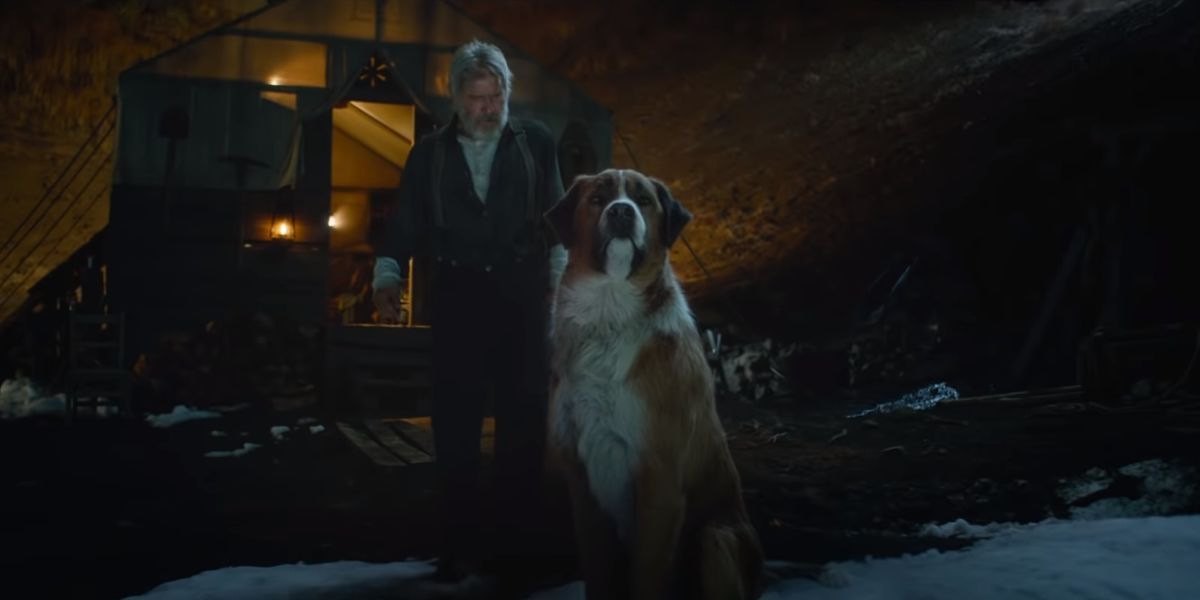The Call Of The Wild – 8 Big Differences in the Book and Movie

The Call of the Wild is more than just a story about a dog’s journey through the rugged Alaskan wilderness. It serves as a powerful exploration of primal instincts and the constant struggle between civilization and nature. Buck’s transformation from domesticated pet to fierce leader of the wild pack highlights the innate savagery that lies within all creatures, challenging readers to confront their own untamed desires lurking beneath society’s constraints.
Jack London masterfully weaves themes of survival, loyalty, and resilience throughout the narrative, painting a vivid picture of the harsh realities faced by both humans and animals in unforgiving landscapes. As Buck navigates treacherous terrain and forms deep connections with fellow canines, he must continually adapt to his changing environment in order to survive. This dynamic evolution mirrors our own primal battles for dominance and self-preservation in a world where only the fittest can endure.
London’s examination of primal behavior serves as a gripping reminder that despite our modern trappings, we are still bound by the same instinctual urges that drive us towards conflict and conquest. Through Buck’s fierce determination to embrace his true nature in an unforgiving world, The Call of the Wild urges us to acknowledge our own inner struggles for power and freedom amid societal restraints. In this timeless tale, London crafts an evocative odyssey that resonates with readers long after they’ve turned its final page.
One notable difference between The Call of the Wild book and movie is the portrayal of Buck’s character development. In the book, Buck’s transformation from a domesticated pet to a wild leader is portrayed in a more nuanced and gradual manner, allowing readers to witness his internal struggle and growth. However, in the movie adaptation, this development feels more rushed and less emotionally impactful, as it prioritizes visual action over internal conflict.
Another key distinction lies in the depiction of the harsh wilderness setting. While both versions capture the unforgiving nature of the Yukon environment, the book delves deeper into exploring its psychological impact on Buck and other characters. By contrast, the film tends to rely more on visual spectacle to evoke emotions related to survival and primal instincts. This difference highlights how each medium utilizes different storytelling techniques to engage audiences with themes of dominance, survival, and freedom present in The Call of The Wild narrative.
1. Buck’s transformation in The Call of the Wild is depicted differently in the book and movie. In the book, we see a more gradual and nuanced evolution as Buck learns to rely on his primal instincts in the harsh wilderness. However, in the movie, this transformation feels more abrupt and less introspective, focusing more on action-driven scenes rather than emotional depth.
2. The relationship between Buck and John Thornton also deviates from the original novel to the film adaptation. In the book, their bond is portrayed as a deep connection based on mutual respect and understanding. On the other hand, the movie emphasizes a more sentimental and overtly emotional portrayal of their relationship, at times diluting its authenticity for dramatic effect.
3. Another significant difference lies in how the narrative handles Buck’s internal struggles and growth journey. The book delves into Buck’s inner turmoil with greater detail, portraying his internal conflict between civilization and wild instincts with subtlety and depth. In contrast, the movie simplifies these complexities for a broader audience appeal, potentially missing out on exploring deeper themes present in Jack London’s classic tale.
Follow us for New Content Daily
Twitter @epicheroes
Insta @epicheroesuk
http://www.youtube.com/c/Epicheroes
https://amazon.co.uk/shop/epicheroes
 Epic Heroes Entertainment Movies Toys TV Video Games News Art Pop culture news goodness
Epic Heroes Entertainment Movies Toys TV Video Games News Art Pop culture news goodness




